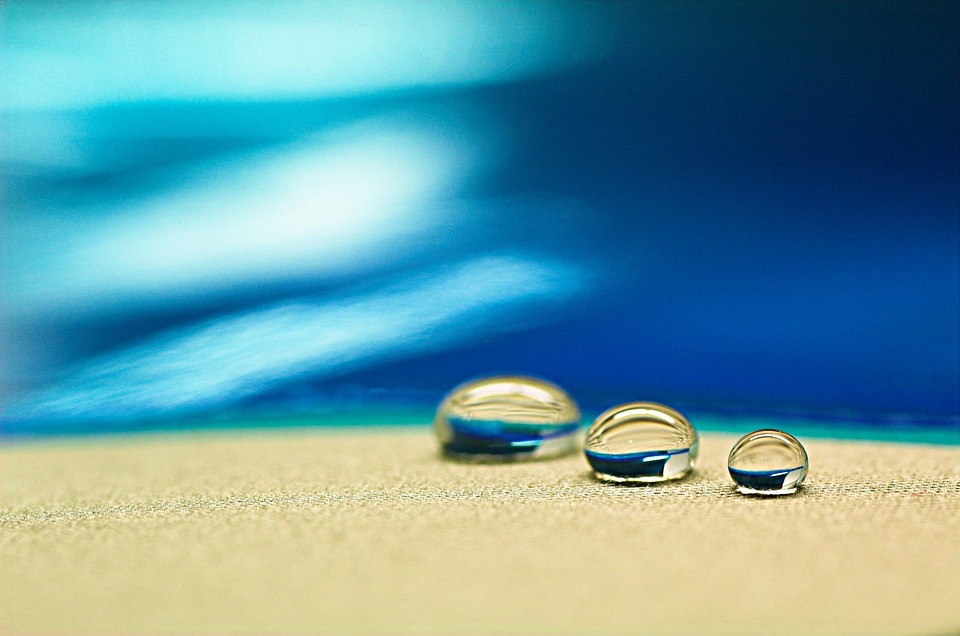Sealing the Deal: How to Protect Your Brickwork from Weathering and Erosion
As a homeowner, one of the most significant investments you make is in the exterior of your property. Brickwork, in particular, is a popular choice for its aesthetic appeal and durability. However, brick structures are not immune to the harsh effects of weathering and erosion. In this article, we’ll explore the importance of sealing your brickwork and provide you with a step-by-step guide on how to do it effectively.
Why Sealing Your Brickwork is Crucial
Weathering and erosion are constant threats to brick structures, and if left unaddressed, can lead to costly repairs and even damage to the foundation of your home. The most common causes of weathering and erosion are:
- Rain and humidity: Water seeps into the mortar joints, causing erosion and staining.
- UV rays: The sun’s intense rays can cause the brick’s color to fade and the mortar to dry out.
- Freezing and thawing: Water expands and contracts, causing the mortar to crack and erode.
The Benefits of Sealing Your Brickwork
Sealing your brickwork offers numerous benefits, including:
- Protection from weathering: Sealants prevent water and UV rays from penetrating the brick, reducing erosion and discoloration.
- Improved durability: Sealed brickwork can last longer, reducing the need for frequent repairs.
- Enhanced appearance: Sealing can bring out the natural color and texture of the brick, maintaining its original beauty.
- Reduced maintenance: Regular sealing can reduce the need for frequent cleaning and re-pointing.
How to Seal Your Brickwork
Sealing your brickwork is a relatively simple process that can be completed in a few steps:
Materials needed:
- A high-quality sealant (silane or siloxane-based)
- A clean, dry brush or roller
- A clean water bucket
- A soft cloth or paper towels
Step-by-Step Process:
- Clean the brickwork: Thoroughly clean the brick surface to remove dirt, grime, and any other contaminants. Use a soft cloth or paper towels and a mild detergent. Avoid using high-pressure washes or harsh chemicals.
- Apply the sealant: Using a clean, dry brush or roller, apply the sealant to the brickwork in a thin, even layer. Follow the manufacturer’s instructions for application rate and coverage.
- Work in sections: Divide the brickwork into smaller sections, applying the sealant one section at a time. This will ensure a uniform application and prevent the sealant from drying out before you can apply a second coat.
- Allow to dry: Let the sealant dry completely according to the manufacturer’s instructions. This can take anywhere from 15 minutes to several hours, depending on the product.
- Apply additional coats: If necessary, apply additional coats of sealant, following the same process as before.
- Clean up: Remove any excess sealant from the brush or roller, and wash your tools with soap and water.
Image: [Image of a before-and-after sealant application]
FAQs:
Q: How often should I seal my brickwork?
A: Typically, brickwork should be sealed every 5-10 years, depending on the level of exposure to weathering and erosion.
Q: Can I use a clear sealant?
A: Yes, clear sealants are available and can be used to maintain the natural appearance of the brickwork. However, they may not provide the same level of protection as a colored sealant.
Q: Can I seal my brickwork myself?
A: Yes, but it’s recommended to hire a professional if you’re not comfortable with the process or if the brickwork is particularly large or complex.
Q: Are there any eco-friendly sealant options?
A: Yes, many sealant manufacturers now offer eco-friendly options that are free from harsh chemicals and toxins.
By following these simple steps and using the right materials, you can effectively seal your brickwork and protect it from the harsh effects of weathering and erosion. Remember to always follow the manufacturer’s instructions and take necessary safety precautions to ensure a successful application.



